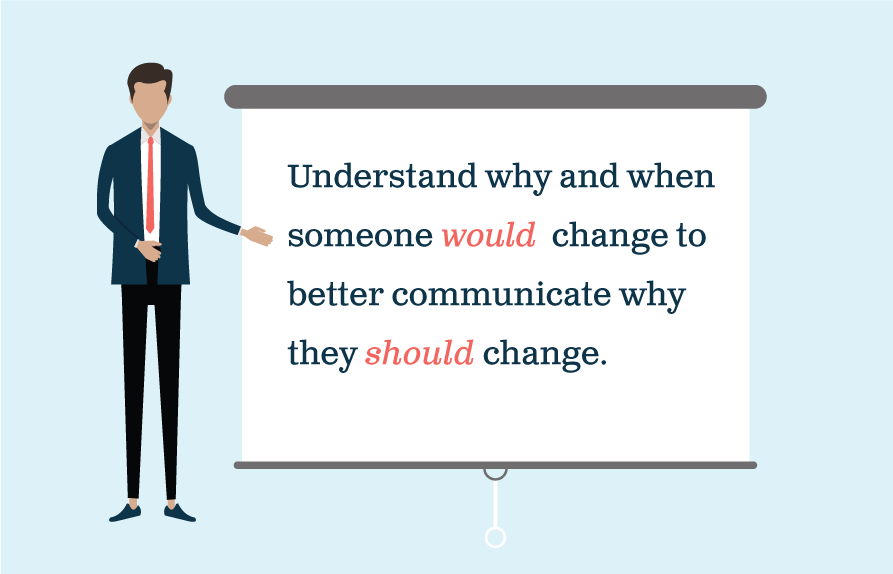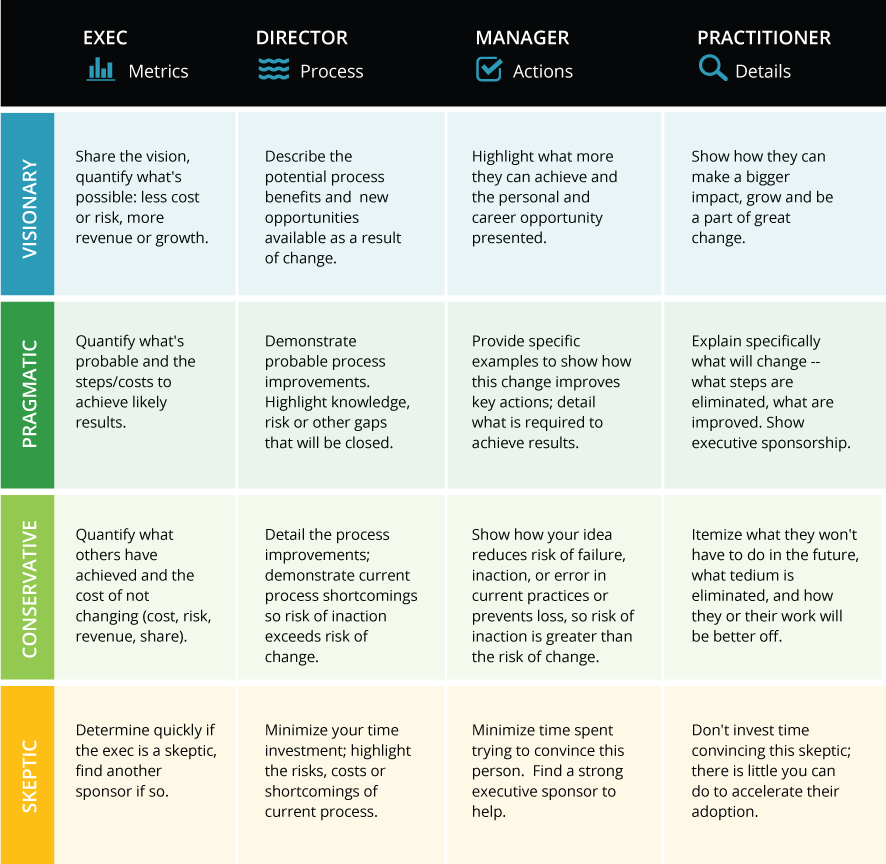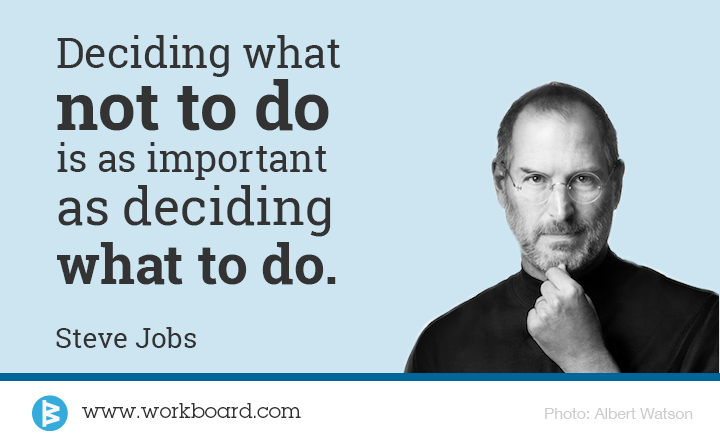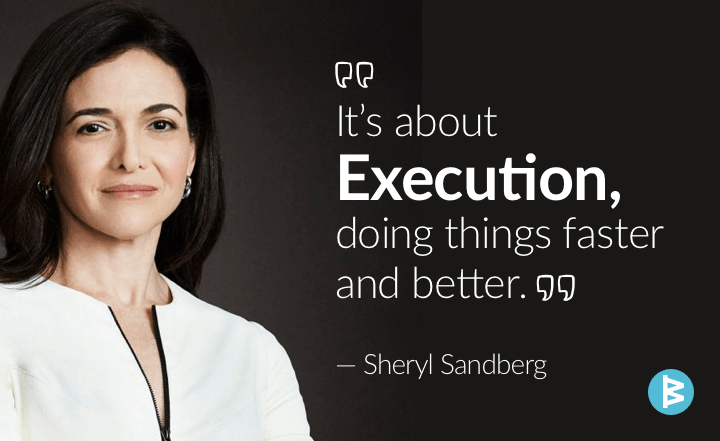
Change agents and their ideas are the life force of organizations.
Innovation of all kinds is essential for organizations to grow and thrive; in fact, organizations that can more easily respond to new facts and conditions have a great advantage. In their book Super-Flexibility for Knowledge Enterprises, UC Berkeley’s Dr. Homa Bahrami and Carnegie Mellon’s Dr. Stuart Evans tell us that super flexible organizations are the most successful. These organizations have strong “circulatory systems” that foster idea flow, and they execute more dynamically. “Targeted experiments, openness to new data, fact-based assessment, and swift revisions" enable them to succeed while organizations that resist, ignore or are slower to respond to new ideas and conditions fail.
While organizations thrive on change, not all employees do — communication is key.
People don’t embrace change at the same pace (and some never will). How you communicate new ideas plays a huge role in how well they're received and how quickly they're adopted. If you’re a change agent and innovator, it’s tempting to think that conveying your enthusiasm and excitement will accelerate others’ acceptance — turns out, that won’t work most of the time.
What’s compelling to innovators and change agents isn’t compelling to more pragmatic and conservative people; innovators are often in the small minority. Effectively communicating the need or reason to change is an important skill and a big factor in innovation velocity.
Understand why and when someone would change to better communicate why they should change.
To communicate with greater impact, focus on your audience as much as your idea. Tune in to where your audience is coming from before you try to persuade them where you want them to go — their starting point is as important as your destination.
Use these 5 questions to prepare and communicate your vision for change:
1. How does your audience react to change?
What excites change agents and visionaries rarely motivates conservatives and skeptics. Knowing what motivates your audience helps you make your message relevant to them.
Geoffrey Moore and Roger Everett brilliantly characterized the “adoption curve” to illustrate different responses to new ideas and the pace of their adoption. As an innovator, you are the exception rather than the norm. You generate ideas, see few risks and are excited by advancement. Pragmatics, on the other hand, are more analytical; they manage risk and are motivated by solving problems. Conservatives are more cautious, don’t like risks and are motivated by certainty. Skeptics reject or doubt most things, highlight risks and are difficult to motivate.
2. What’s their professional focus?
The concerns of senior executives and front-line practitioners are rarely the same, so map the scope and level of detail to your audience’s professional focus. Executives tend to watch metrics and focus on performance outcomes and results. Directors typically focus on process and are concerned with its reliability and predictability, while managers look at actions and focus on execution and priorities. Practitioners look at the details of their job and care about the steps and quality of the work. Talking to executives about detailed actions and sub-steps isn’t persuasive, and neither is talking to practitioners about metrics without the detail that applies to them.
3. Are they a captive audience?
If the audience reports to you, they’re watching what you do to decide how they feel about what you say. Make sure you’re modeling and demonstrating the behavior you’re asking for from them. Because they won’t all adopt at the same pace as you, persistence and consistency over time are required — an innovator mistake is to give up before slower adopters ever had time to change.
4. What’s in it for them?
Tune your message to people's personal motivators and professional perspectives to increase momentum and engagement. Create “what’s in it for you” slides or talking points designed for each audience so individuals can quickly understand why change is good for them — from their perspective of course. Sometimes four separate conversations with stakeholders can save four weeks of resistance from poorly-crafted general communications.
The companion infographic below and handy table here can help you frame your audience and talking points to your audience’s perspective:
5. How will you operationalize and achieve your vision or goals?
Ideas are easy, but execution is hard. Even when you convince people to change, driving the actions needed to realize the full vision requires sustained communications, coordination, management discipline, results focus and follow through. The credibility of your future ideas and strategies rests heavily on how past ideas panned out in execution, so make sure you have an execution framework that is as well thought as your idea. Apps like WorkBoard help leaders keep goals, priorities, people and actions aligned on outcomes across locations and divisions.
The ability to imagine and envision change is a talent crucial to company success. When you frame what’s good about your idea or vision in terms that make it most relevant to your audience, you’ll gain support much faster and your impact over a year or a career will be much greater. Now go change your world!
See the full infographic:













